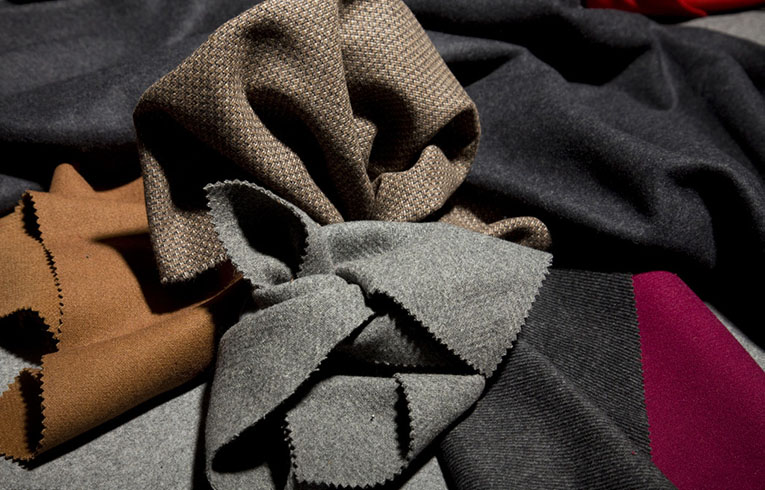For those commonly knitted fabrics and knitted sweaters, due to the constant frictions in the actual use and washing process, the fibers are exposed on the surface of the fabric, showing the pile known as "fluff". If these piles fail to fall off during the usage in time, they will entangle with each other and become spherical particles, known as "pilling". These piles in the fabric surface make dirt and dust easily attached to the fabrics, seriously affecting the wearing performance and appearance.
Thus, the company also focuses on anti-pilling finishing by using the following methods:
1. Singeing or shearing
The method has been applied to remove the fluff on the fabric surface, so that the fiber ends exposed on the surface are reduced, not easy to fluff or pile.
2. Bio-polishing
Use biological enzymes, such as cellulose enzymes for cellulosic fabrics, and protease for knitted fabrics like wool for bio-polishing, and by using the hydrolytic action of the enzyme and the mechanical impact action, the fuzz and fiber endings can be removed.
With the removal of the fluff, the organization of the fabric becomes clearer and the color also appears bright. The more significant effect is the anti-pilling ability, because the ends of the fiber are removed instead of being covered in the same place, so the anti-pilling effect by using bio-polishing is long-lasting.
3. Mild fulling method (mainly used for wool fabrics, such as wool sweater, wool knitwear)
After the mild fulling, the root of the wool fibers in the sweaters and other knitwear undergoes felting, with fibers intertwined between each other, thus increasing the friction coefficient between the fibers, so that the fibers in the yarn are not easy to slip out when subjected to friction and reducing the pilling on the sweater fabrics.
There are no products matching the selection.






 Anti-pilling
Anti-pilling 







